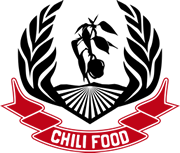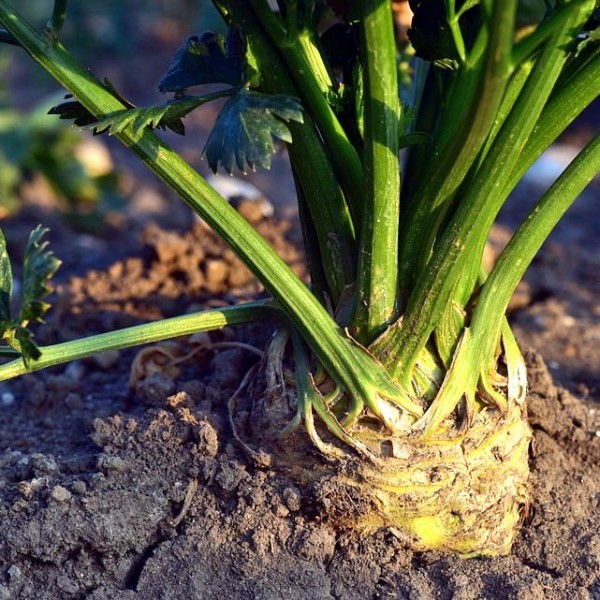Grow your own celeriac
Grow your own celeriac
A distinction is made between celery stalks, where only the above-ground part is used, and celeriac tubers. Celeriac belongs to the umbelliferous plant genus. In contrast to celery, which is mainly used as a salad vegetable, celeriac is mainly used as an ingredient in soups, stews or as a vegetable garnish. The celeriac tuber grows underground and can reach a size of up to 15 cm in diameter. It has a brown to grey colour and a slightly rough surface. The flesh is white to yellowish and has a spicy, slightly sweet taste.
Celery originates from the Mediterranean region and has been cultivated for over 3,000 years. Celery is native to large parts of North America, Europe and Asia.
Celery can be used in many ways and is a very vitamin-rich vegetable.
Location
Celeriac is a heavy grower and prefers a sunny location with deep, nutrient-rich soil that has been fertilised with plenty of manure or compost in the previous autumn. A slightly sandy and humus-rich loamy soil is optimal.
Sowing
Sow the celeriac seed in March to April in pre-cultivation. Cover the seeds only lightly with soil and keep them well moist. Germination takes about 6 - 8 weeks and should take place in a warm place. As soon as the seedlings have reached a size of about 10 cm and no more late frosts are to be expected, they can be planted outdoors. For this, the soil should already be well prepared and loose. Celeriac plants react sensitively to temperatures that are too low and start to shoot. Plant the plants as high as possible in the soil so that the tuber can develop well. If you place the plants too deep in the soil, this can lead to unwanted secondary roots. For the correct planting depth, use the depth that your plant had in the seed pot as a guide. The spacing of the celeriac should be 50 x 50cm.
Care
Celeriac needs adequate water and nutrients, so regular watering is important. Otherwise, the celeriac may start to shoot during drought. If necessary, additional fertiliser can be applied. Since compacted soil is not good for celeriac, you should regularly loosen the soil around the tubers. In the period from mid-August to early October, celeriac needs the most water, so water once or twice a day during this time.
Organic fertilisers such as horn shavings prevent the tubers from becoming hollow. A fertiliser rich in potash promotes tuber formation. It prevents the tuber flesh from becoming blotchy and the plant from becoming crippled. Occasional watering of the plants with cooking water to which a little salt has been added (e.g. vegetable water) has also proved successful. Fertilise twice during the growing season: in summer and autumn. Rock flour and small amounts of lime have a growth-promoting effect.
Harvest
Harvesting celeriac begins in September and can continue into October. Simply pull the tuber out of the soil by the leaves and cut the roots along the fruit with a hot knife.
Diseases and pests
Celeriac can be affected by leaf spot disease as well as celery scab. Both diseases are already transmitted with the seeds. Septoria leaf spot disease is caused by a fungus. You can counteract this by overlaying the seeds, this reduces the ability to infect. In humid weather, you can also spray the plants with horsetail broth.
You can recognise celery scab by the initially grey, later up to two millimetres thick, red-brown, breaking crusts on the tuber. This disease occurs mainly when the weather is too humid. When watering, make sure not to water over the tuber, but to water from the side.
Storage
After harvesting, you can simply store the celeriac in the refrigerator or cellar with as much humidity as possible. Make sure that the heart leaves and the tuber head are exposed. Plastic bags, in which the tubers rot quickly, should not be used for storage. Wrapped in newspaper, tubers and cuts will keep for several weeks in the refrigerator. To store the tubers for several months, it is also possible to freeze the celery or process the vegetable into celery salt without any problems.
Manufacturer
Name: | Chili-Food-Wissen |
Address: |














